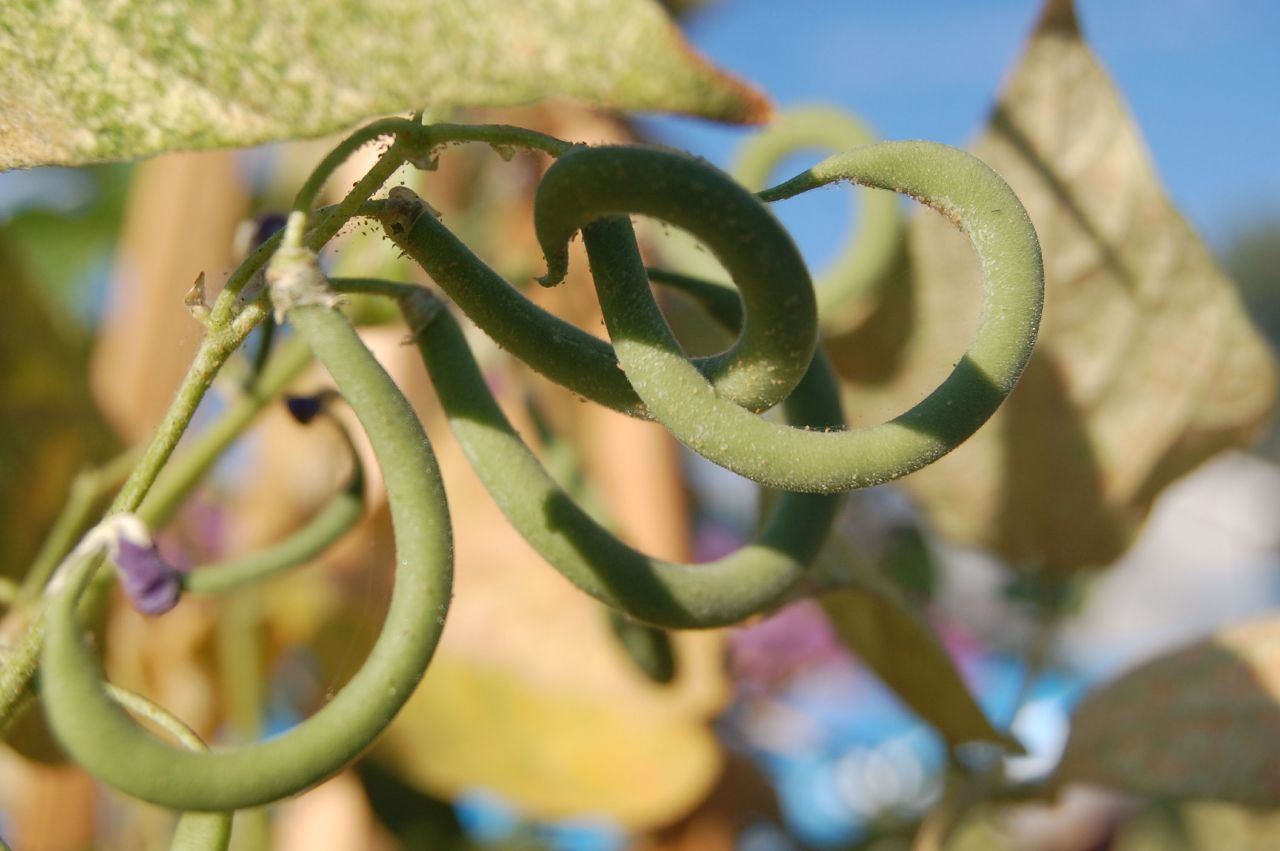Bent Snap Beans: Reasons Why Bean Pods Curl While Growing


Summer is the time that gardeners shine the most. Your little garden will never be more productive and the neighbors will never be more neighborly than when they see how many big, ripe tomatoes you're bringing inside. Then there are those beans-- you thought you had them all sorted before the fruits started curling. Read on to find out why bean pods curl while growing and what you can do about snap bean problems.
Why Do Beans Curl?
Bent snap beans are often a huge surprise to beginning gardeners; after all, the beans at the store are perfectly straight in every way. There are many reasons that beans curl, but the most important one is variety. A lot of beans are just curly. They don't necessarily advertise this on bean seed packages, but many varieties have some degree of curl to their pods. Sometimes, this straightens out on its own as beans mature, other times they grow curlier as time goes by. Curly beans are edible, so there's nothing to do but enjoy them. Irregular watering is a common cause of curling in straighter bean varieties. Like other garden produce, beans need regular, even watering during fruiting, to ensure that pods develop evenly. If you want to know how to fix curly beans on straight varieties, most experienced gardeners will recommend you apply a mulch layer about 2 inches (5 cm.) thick and water your beans on a schedule. Diseases, like the bean mosaic virus and bacterial brown spot, may cause pods to bend in many different directions. In mosaic viruses, pods tend to have blotchy coloration, with dark and light green areas or bronzing scattered across the pod. Bacterial brown spot sometimes causes brown spots to appear on pods. Both diseases are considered incurable, so pull affected plants as soon as possible to prevent further spread. Sap-sucking pests, like aphids, may also be to blame for snap bean problems. When these tiny pests feed, they sometimes inject toxins into plant tissues that can cause fruit to bend and twist. Check the undersides of leaves for sticky spots and tiny insects. If you find them, you can kill most species with insecticidal soap, though scale insects may require neem oil.
Sign up for the Gardening Know How newsletter today and receive a free copy of our e-book "How to Grow Delicious Tomatoes".

Kristi Waterworth was a regular contributor to Gardening Know How for many years, answering countless queries on plant pests and diseases.